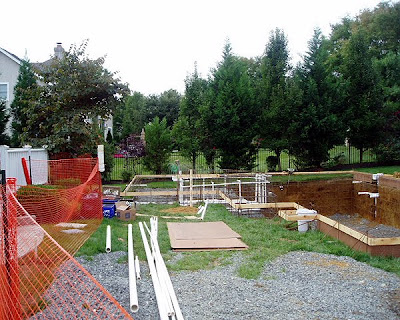Weigela florida 'Courtalor(Carnaval™)'
Old Fashioned Weigela, Rose Weigela
Type Shrub, woody plant
Hardy range 4B to 8AHeight 36" to 4' / 90cm to 1.20m
Spread 36" to 4' / 90cm to 1.20m
Growth rate Average
Form Rounded
Exposure Full sun
Persistence Deciduous
Bloom Color Pink
Bloom Time Spring
The flowers are very showy.
EnvironmentThis plant tolerates some drought.
This plant will grow in dry soil.
Suitable soil is well-drained/loamy, sandy or clay.
The pH preference is an acidic to alkaline (less than 6.8 to more than 7.7) soil.
Leaf Color Green
Fall Color No change in fall color
Culture NotesWeigela grows best in a sunny location and moist soil. Shaded plants are straggly. Weigela also dislikes crowding. The growth rate is moderate and the shrub transplants well. Some annual dieback and winter injury make annual pruning necessary. Plants suffer in the deep south eastern part of the US.
Planting and establishing shrubsThe most common cause of young plant failure is planting too deep. Plant the root ball no deeper than it was in the nursery. In most instances, the root flare zone (point where the top-most root in the root ball originates from the trunk) should be located just above the landscape soil surface. Sometimes plants come from the nursery with soil over the root flare. If there is soil over this area, scrape it off. The planting hole should be at least twice the width of the root ball, preferably wider. In all but exceptional circumstances where the soil is very poor, there is no need to incorporate anything into the backfill soil except the loosened soil that came out of the planting hole. Never place ANY soil over the root ball. If a row or grouping of plants is to be installed, excavating or loosening the soil in the entire bed and incorporating organic matter enhances root growth and establishment rate.
Weed suppression during establishment is essential. Apply a 3-inch thick layer of mulch around the plant to help control weed growth. Keep it at least 10 inches from the trunk. If you apply it over the root ball, apply only a one or two inch layer. This allows rainwater and air to easily enter the root ball and keeps the trunk dry. Placing mulch against the trunk or applying too thick a layer above the root ball can kill the plant by oxygen starvation, death of bark, stem and root diseases, prevention of hardening off for winter, vole and other rodent damage to the trunk, keeping soil too wet, or repelling water. Regular irrigation through the first growing season after planting encourages rapid root growth, which is essential for quick plant establishment.
Please feel free to comment on any post at any time all feedback is welcome and we’d love to hear it.


































